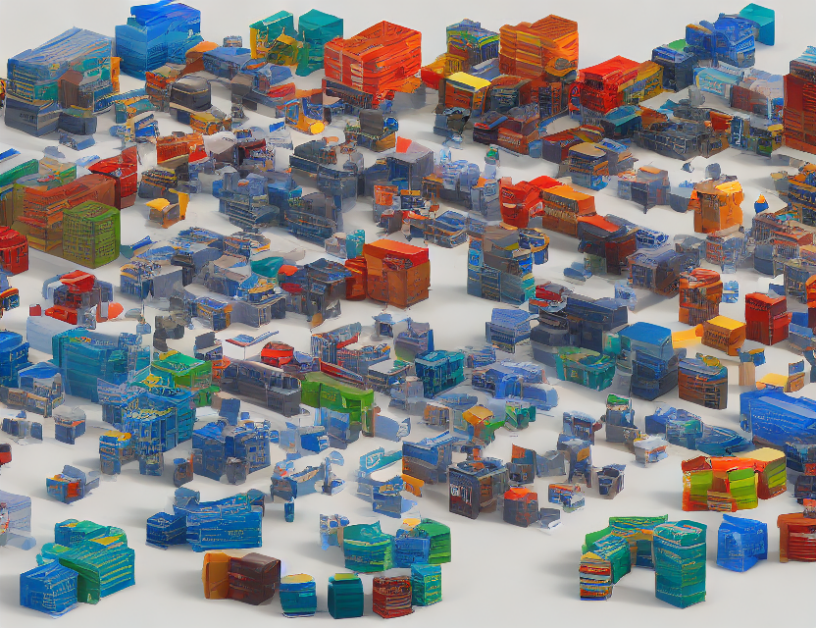In machine learning, accurate labeling is crucial for training a model that can make accurate predictions. However, in many cases, the labels provided may be noisy or incorrect, which can negatively impact the model’s performance. This survey explores the challenges and limitations of training machine learning models with noisy labels and discusses various techniques to address these issues.
The authors begin by explaining that noisy labels refer to instances where the correct label is not available or is uncertain. They provide an example of a spam classification task, where the true labels may be difficult to obtain due to the complexity of the problem. They highlight that even small levels of noise in the labels can significantly impact the model’s performance.
The authors then discuss several approaches to handle noisy labels in machine learning, including:
- Robust optimization methods: These techniques aim to minimize the impact of noisy labels by modifying the loss function or optimizer. Examples include Huber’s robust regression and the Least Trimmed Squares (LTS) algorithm.
- Regularization techniques: Regularization methods, such as L1 and L2 regularization, can be used to downweight the impact of noisy labels on the model.
- Ensemble methods: Combining multiple models can help reduce the impact of noisy labels by averaging out their errors. Examples include bagging and boosting.
- Active learning: This approach involves selecting the most informative instances from a large dataset and labeling them manually, rather than labeling all instances equally.
- Transfer learning: Using pre-trained models and fine-tuning them on the noisy data can help improve performance.
The authors also discuss several challenges associated with training machine learning models with noisy labels, including the difficulty in evaluating model performance, the need for large amounts of clean data to train models effectively, and the risk of overfitting to the noisy labels.
To address these challenges, the authors suggest using techniques such as data augmentation, transfer learning, and regularization. They also highlight the importance of evaluating model performance on both noisy and clean data to ensure that the model is robust to noise.
In conclusion, this survey provides a comprehensive overview of the challenges associated with training machine learning models with noisy labels and discusses various techniques for addressing these issues. By understanding these challenges and using appropriate techniques, it is possible to improve the accuracy of machine learning models in the presence of noisy labels.
Everyday analogy: Imagine trying to build a house without accurate blueprints. Even small errors in the blueprints can lead to significant problems with the structure of the house. Similarly, noisy labels in machine learning can lead to errors in the model’s predictions, which can have significant consequences in applications such as healthcare or finance.



